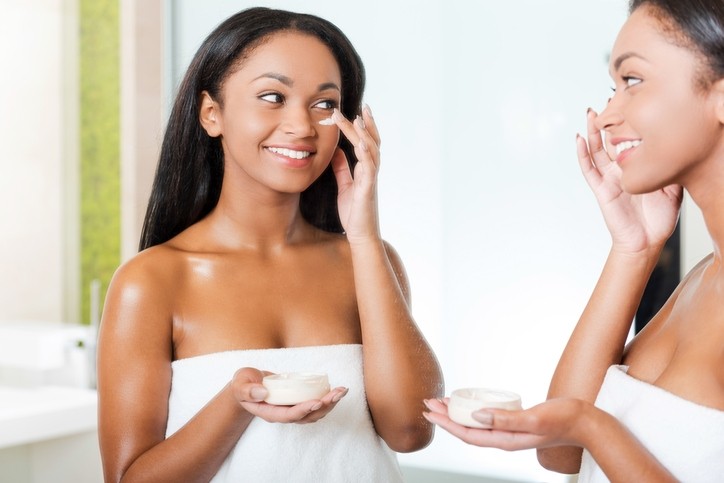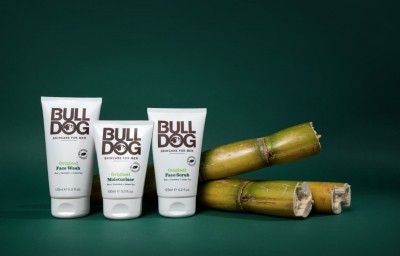The potential link between ‘probiotics’ claims and skin dysbiosis

In this mini-series, Kit Wallen, Russell Research Director JooMo Ltd., explains the science that drives the brand, and why they are steering clear of ‘probiotic’ and ‘prebiotic’ skin care claims.
In this part, we hear how JooMo reckons probiotic skin care has the potential to result in an undesirable skin condition: dysbiosis.
Probiotics
So let’s look at the claims behind Probiotics in a little more detail: Probiotics are live microbes (bacteria, yeasts or fungi) promoted as having various health benefits.
In food, they're usually added to yoghurts or taken as food supplements, and are often described as 'good' or 'friendly' bacteria.
Internal Probiotics are claimed to help restore the natural balance of bacteria in your gut (including your stomach and intestines) when it's been disrupted by an illness or treatment.
However, there's little evidence to support the many health claims made about them (for example, there's no evidence to suggest that probiotics can help treat eczema), and the EU have banned the use of the term Probiotic and repeatedly refused to allow probiotic companies to claim any health benefits for their products.
As far as the skin is concerned, there has also been much debate about whether individual species of microbe can help skin problems (eg. eczema, acne etc).
As already discussed, little conclusive evidence has been forthcoming, and many microbes can be either ‘good’ or ‘bad’ depending not just on their abundance but also their relationship with other species.
Trying to isolate single species as a way to healthy skin is to misunderstand the extremely complex synergistic relationship between different microbial species and the skin’s own cellular immune system.
Introducing lactobacillus
But perhaps the Probiotic products causing most alarm are the ones that introduce alien microbial species to the skin such as Lactobacillus.
To quote Prof. Michael Wilson (Professor of Microbiology at UCL) from the in-cosmetics formulation summit (2017): “Lactobacilli are very rarely found on the skin and are certainly NOT part of the skin microbiota of healthy individuals [...] So why on earth would anyone want to repeatedly dose their skin with lactobacilli? … What benefit could they possibly achieve?
“Introducing any microbe that is not part of the resident microbiota of a particular body region is potentially dangerous as it is very difficult to predict what it would do to the microbial communities that reside there.”
Prof. Wilson continues: “Good examples of the potential dangers of interfering with an ecosystem by introducing a species that is not native to that ecosystem are the introduction of the sugar cane toad to Australia, the introduction of knotweed to the UK, the escape of rats onto islands and so on.
“...If the skin is repeatedly assaulted by huge numbers of lactobacilli daily, perhaps its colonisation resistance will break down.” (Reference)
And this leads directly to the greatest health concern about the use of Probiotics on the skin: a condition called dysbiosis.
Why is the food industry able to use probiotics/make probiotic claims?
The European Food Standards Authority (EFSA) banned the use of the term Probiotic on all packaging and marketing materials in 2012 and repeatedly refused to allow probiotic companies to claim any health benefits for their products.
Also, under EFSA rules individual ingredients cannot be labeled as prebiotics, but only as dietary fiber and with no implication of health benefits.






















